Researchers Uncover a 2,000-Year-Old Home that They Believe Belonged to Pliny the Elder
After the local authorities requested permission to build a playground in Naples, Italy, archaeologists believe they may have found the villa of famous Roman philosopher, Pliny the Elder.
The find is certainly exciting for historians all over the world, and while extensive research is still being conducted, there are several reasons why the team of archaeologists on site believe this was one of Pliny the Elder’s many homes.
Who Was Pliny the Elder?
Pliny the Elder lived from 23 CE to 79 CE during the time of the Roman Empire. He is well known today for his work as a naturalist, philosopher, and author of the famous Naturalis Historia, which is considered the first encyclopedia.
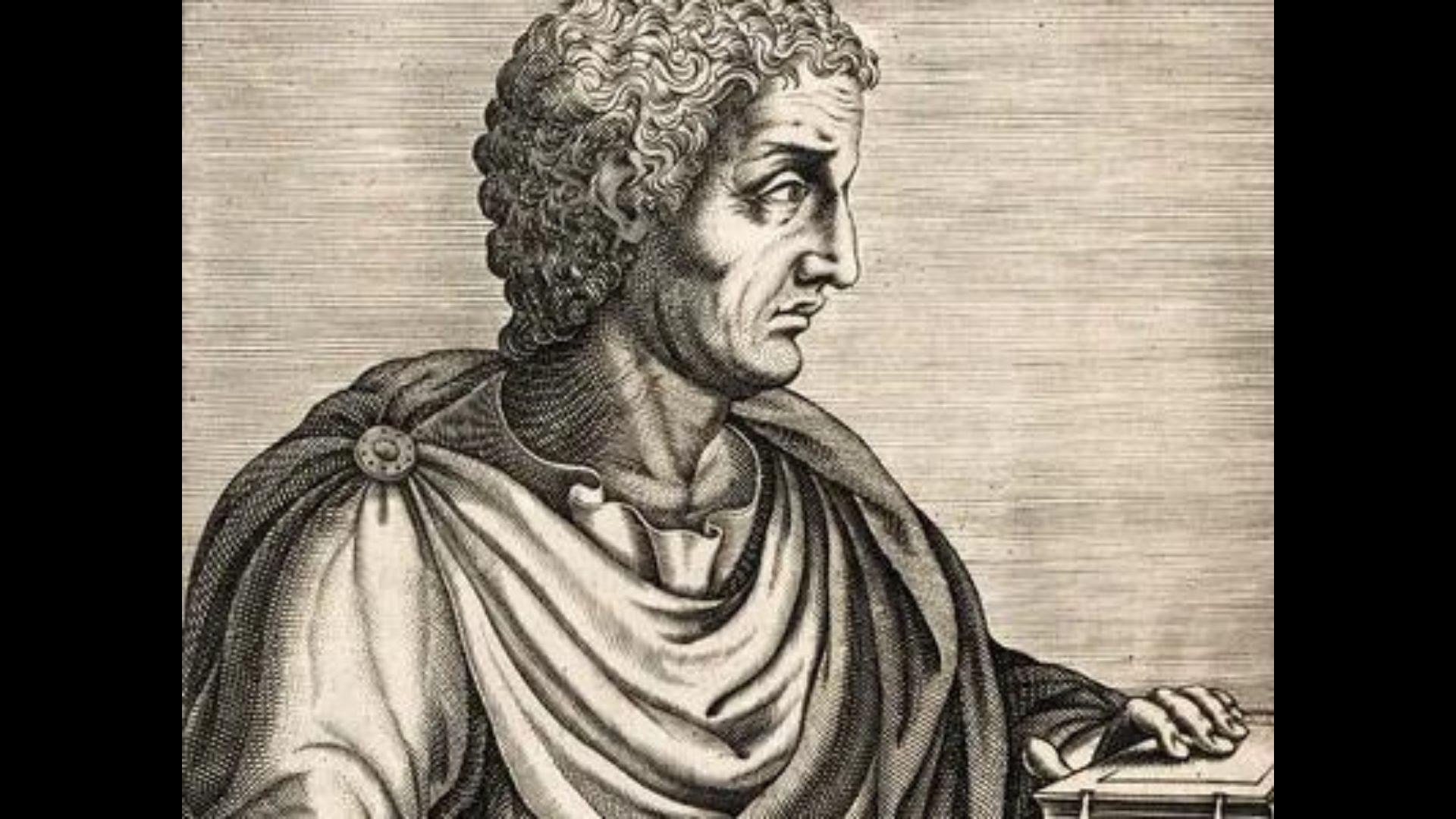
Source: Britannica
But Pliny the Elder also held the office of the Praefectus Classus Misenensis, which meant that he was the commander of a fleet of Roman warships in the Bay of Naples.
Pliny the Elder May Have Lived in Bacoli During His Time as Commander
As the commander of many Roman warships in the Bay of Naples, it’s highly likely that Pliny the Elder may have lived in the Bacoli, as it offered the perfect view of the bay.
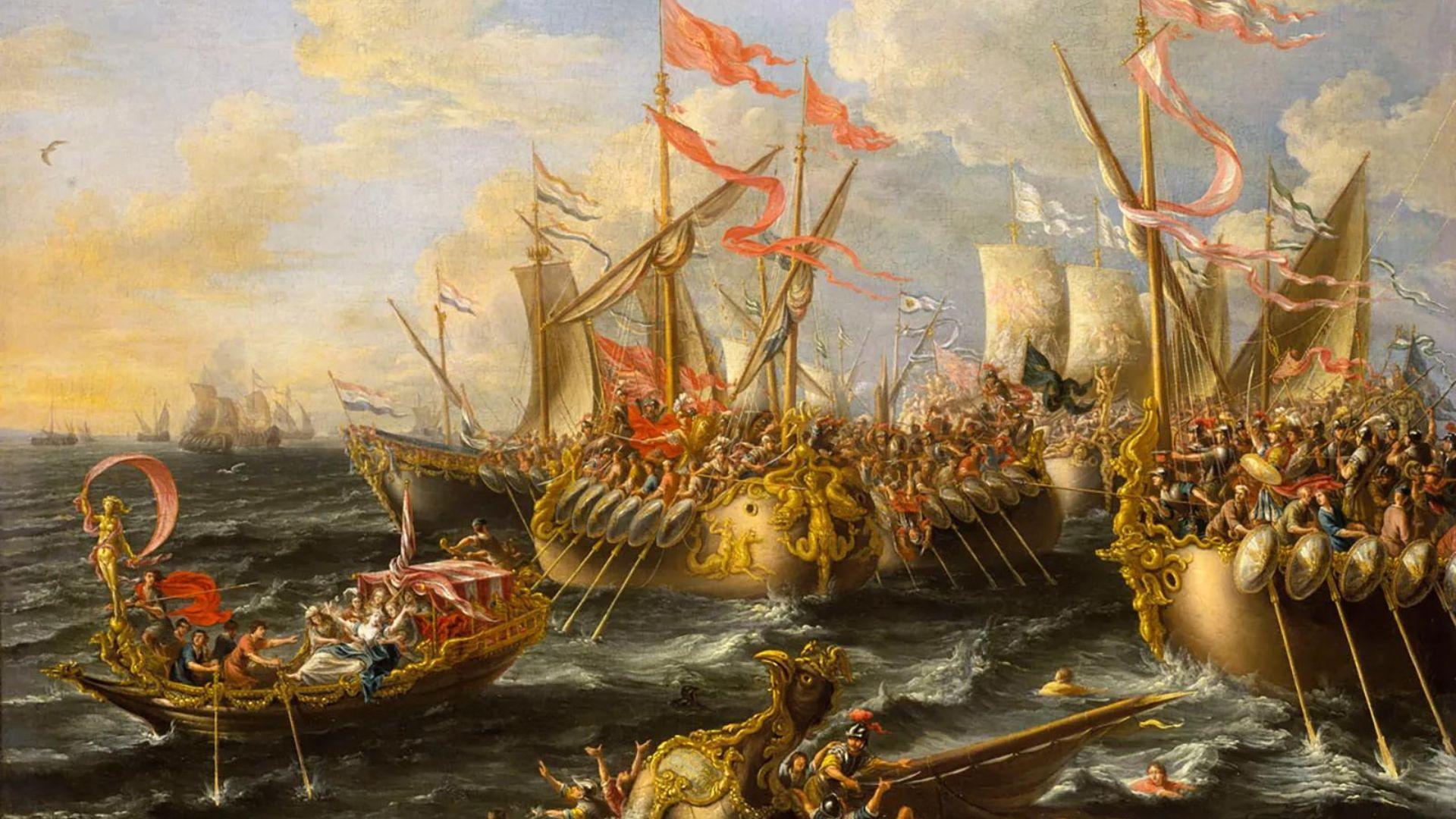
Source: Britannica
This would have been his last job and final place of residence, as in 79 CE, he made his way to the nearby town of Stabiae and died during the eruption of Mt. Vesuvius.
Pliny the Elder Tried to Warn Naples Residents of the Volcanic Eruption
According to a report from his nephew, Pliny the Younger, Pliny the Elder noticed strange clouds around Mt. Vesuvius and went straight to Stabiae to warn them of a possible eruption.

Source: Wikipedia
Of course, he was correct, but it was too late. Mt. Vesuvius famously erupted and covered Pompeii and Herculaneum and other sites in southern Italy, as well as Naples. Pliny the Elder died shortly after the eruption from smoke inhalation.
Bacoli Is Home to a Great Deal of Roman History
The Commune of Bacoli is covered with amazing archaeological artifacts, monuments, and homes from when the Roman Empire ruled Naples.
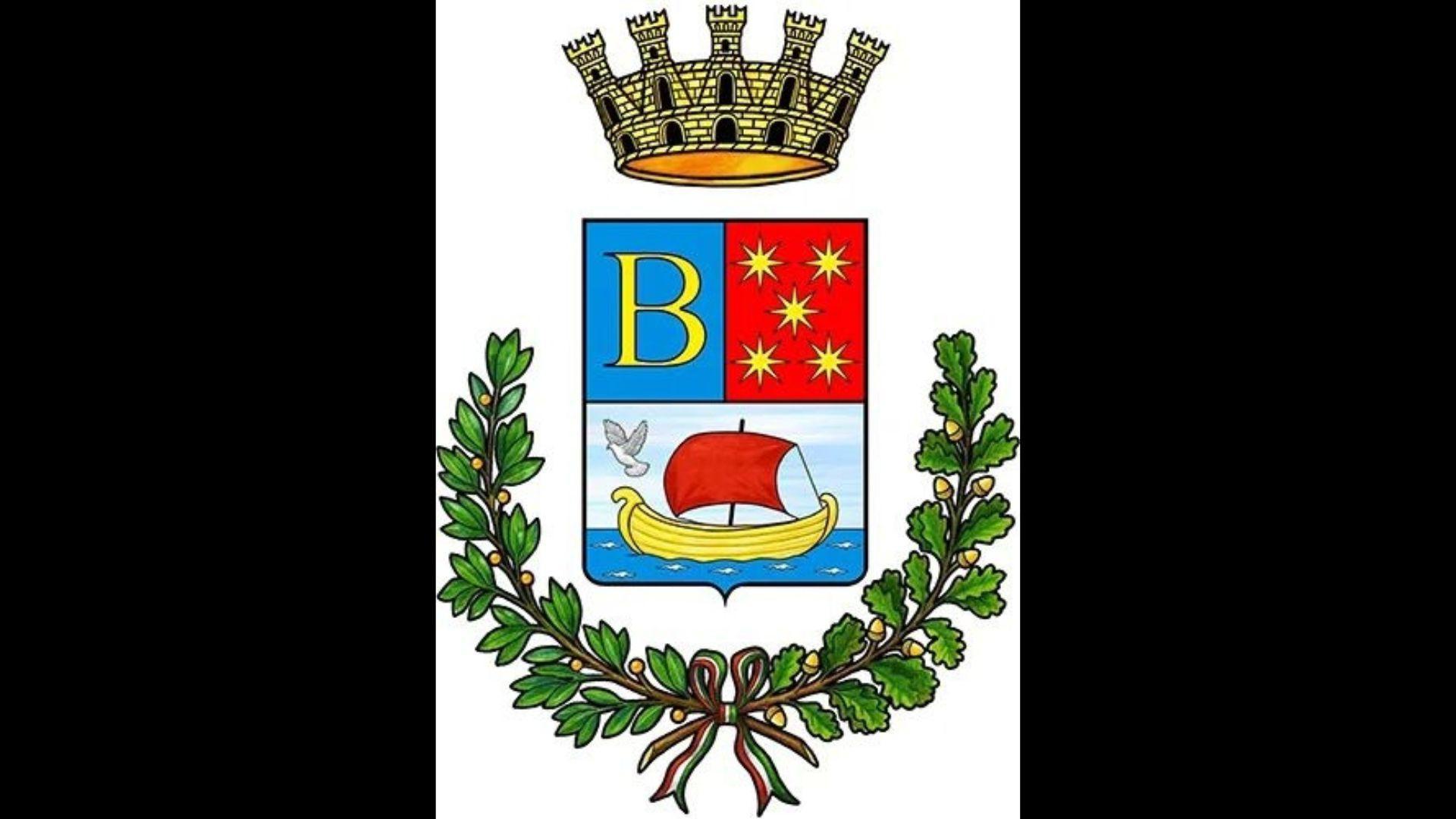
Source: @Comune di Bacoli/Facebook
Therefore, whenever local authorities, or even private builders, want to construct something new, they first need to have the land surveyed in case anything of important historical significance is hiding below the surface.
Finding What May Be Pliny the Elder's Final Home
So, when local officials wanted to build a children’s playground, they of course needed to have the land surveyed. They immediately noticed that there was definitely something waiting for them in the dirt.
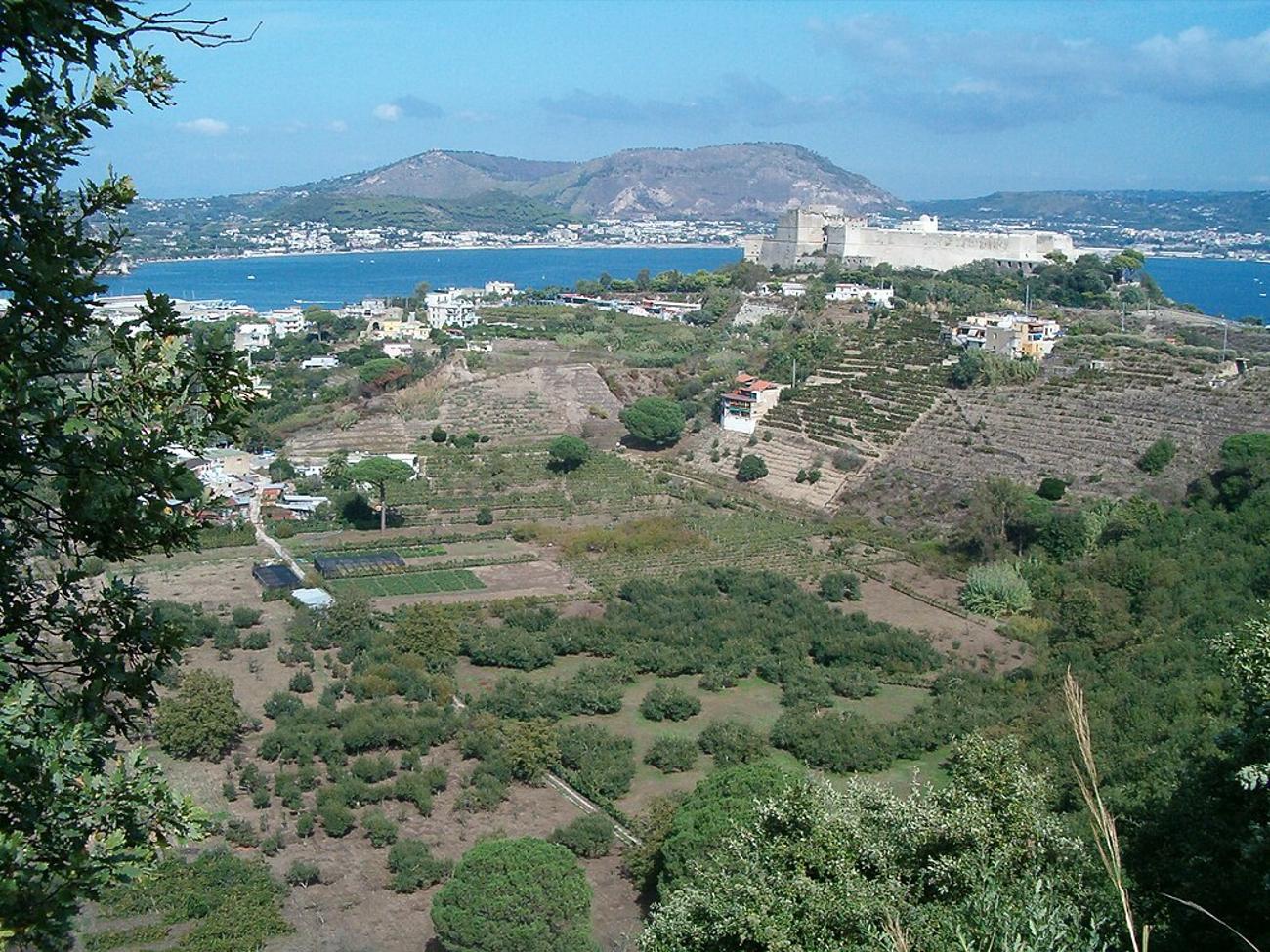
Source: Wikipedia
After diligent excavation, they realized they had found a large home or villa made up of 10 large rooms. The walls were made of diamond-shaped limestone, which were perfectly placed to create a beautiful pattern.
They Now Know It Was Undoubtedly a Roman Villa
They then used radiometric dating to verify that the villa was built in the 1st century CE, exactly when Pliny the Elder was alive and possibly living in Bacoli.

Source: Flickr
But it wasn’t just the timeline that made expert archaeologists believe that this home once belonged to the great philosopher. There are several other clues that led them to their hypothesis.
Evidence to Support That This Villa Belonged to Pliny the Elder
The location of the villa was especially interesting to archaeologists as it sat high on the cliffside and would have had a completely unobstructed view of the Gulf of Naples. Which, of course, was where Pliny the Elder’s fleet would have sat.
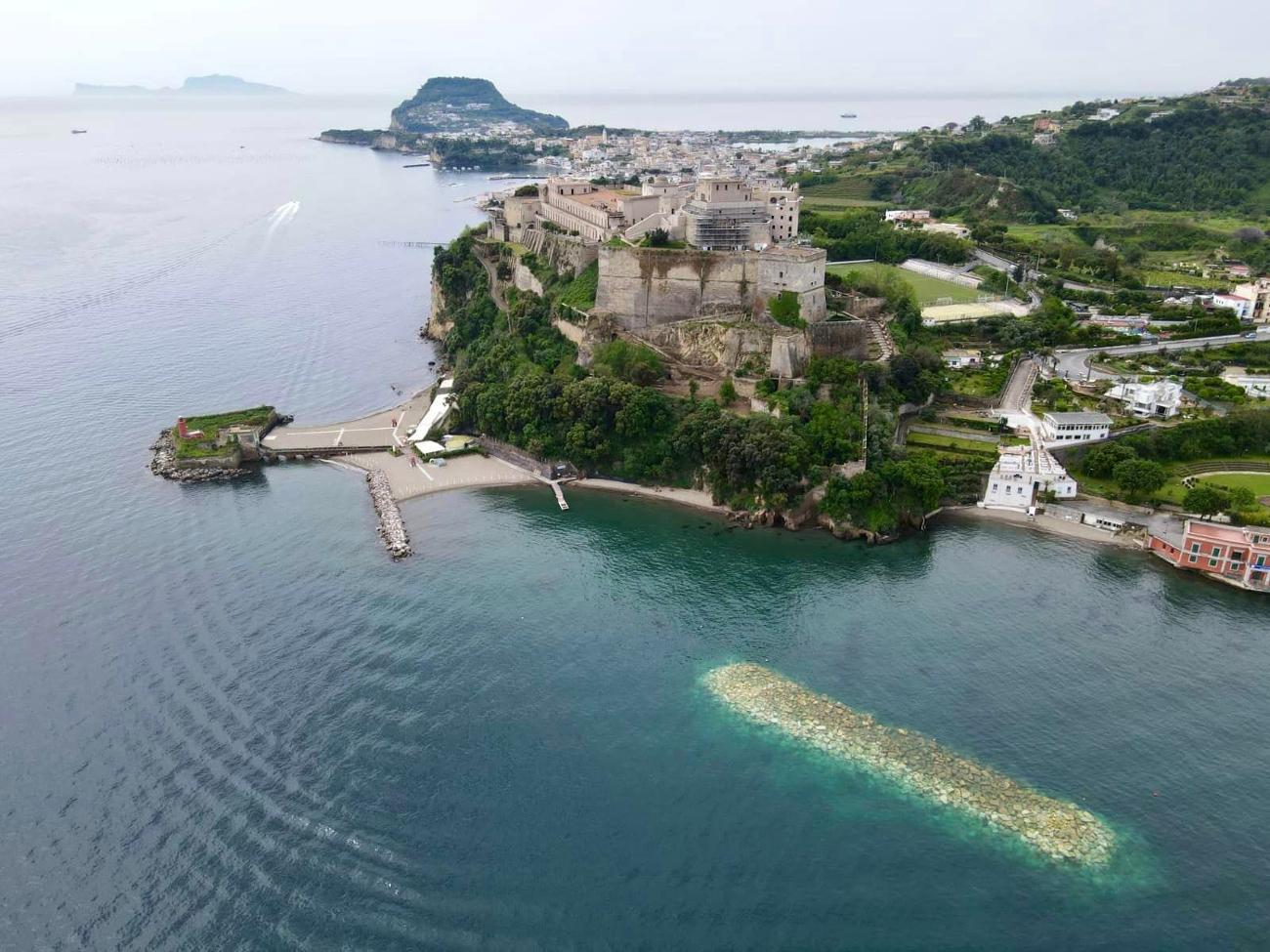
Source: @Comune di Bacoli/Facebook
Simona Formola, the lead archaeologist at Naples’ Art Heritage explained, “It is likely that the majestic villa had a 360-degree view of the gulf of Naples for strategic military purposes.”
The Perfect Location to See the Strange Clouds Above Mt. Vesuvius
Additionally, the villa would have been in the ideal location to notice the change of cloud cover over Mt. Vesuvius before it erupted.
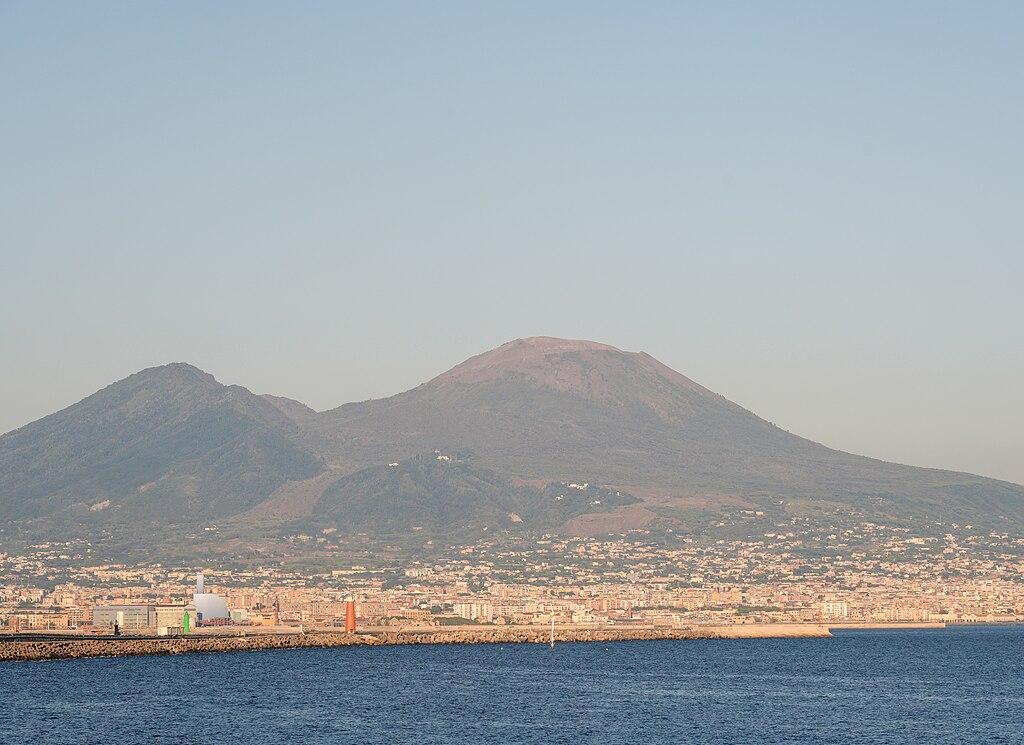
Source: Wikipedia
And while it’s impossible to know for sure, some experts are speculating that this high vantage point is what enabled the naturalist to see the eruption before anyone else.
The Commune of Bacoli Was Once Named Misenum
Finally, while there is no record of exactly where Pliny the Elder lived during his final years and as the commander of the fleet, many have long assumed it was somewhere in what is now Bacoli.
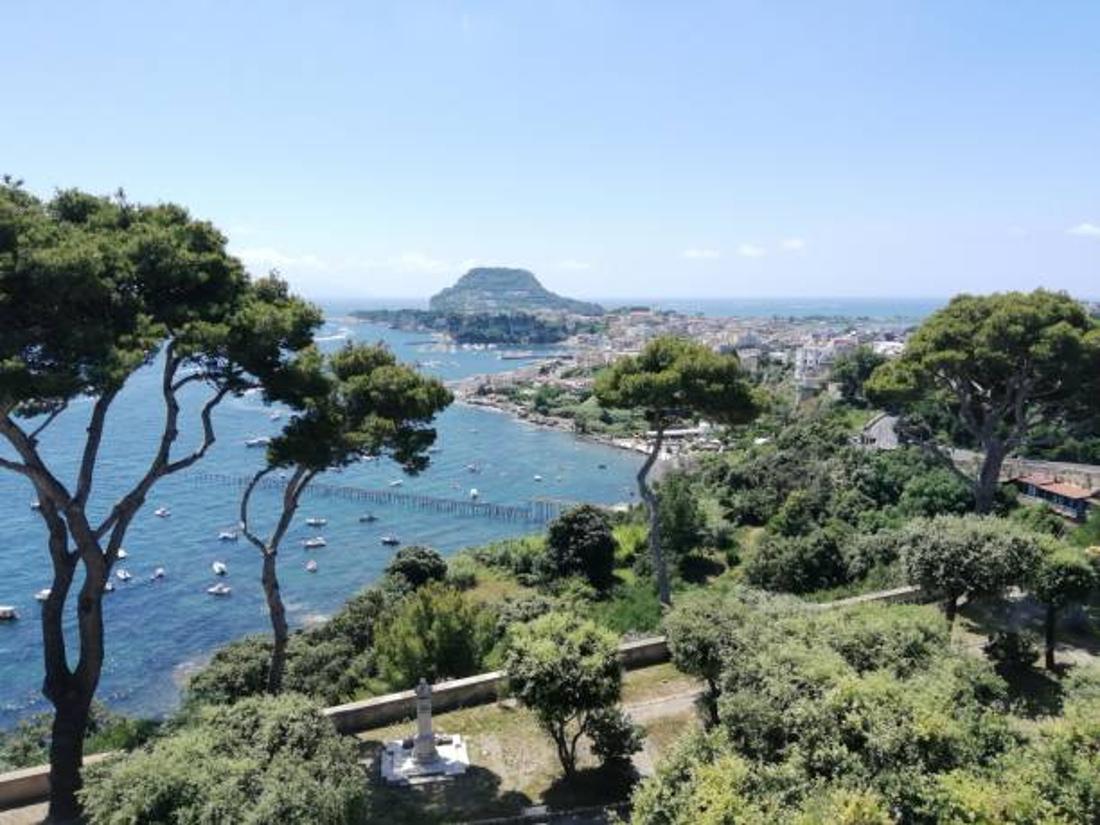
Source: iStock
Remember that his official post was named the Praefectus Classus Misenensis, and during the 1st century CE, Bacoli was called Misenum.
Comparing This Villa to Pliny the Elder’s Other Home
Over his 56 years, Pliny the Elder lived mostly in Rome, but also spent time in what is now Germany, Africa, and Como, Italy, where he was born.
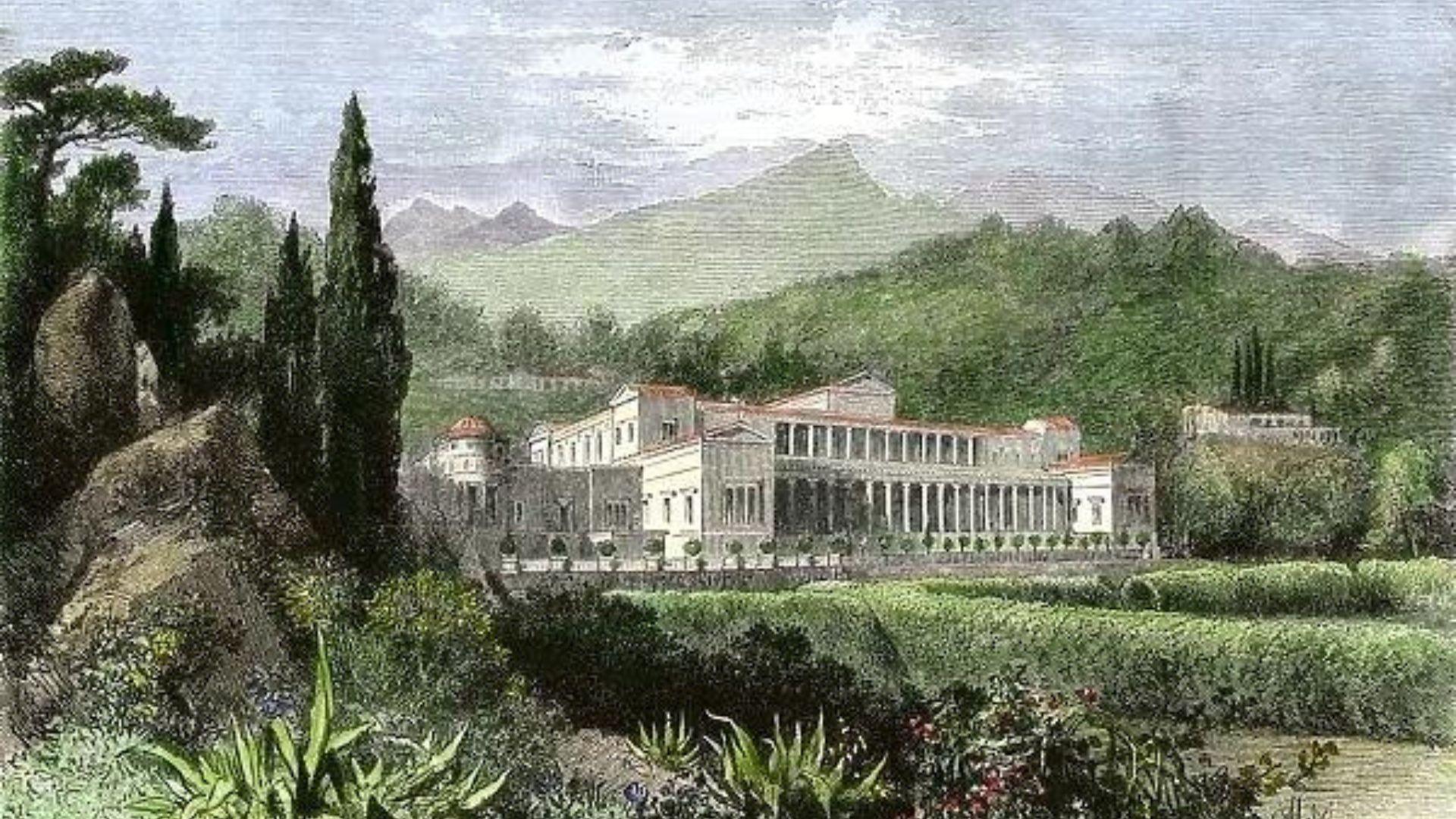
Source: Alamy
The famous Roman also had a villa in Colle Plinio near San Giustino, Italy. Although much of the villa has been destroyed over the past 2,000 years, archaeologists were able to find tile stamps with his initials, and thanks to detailed excavation, have learned a great deal about the original layout. While excavation continues at the villa in Bacoli, experts are hoping to compare the two and maybe even find artwork or tiles that confirm their theory.
Excavation Continues at the Mysterious Villa in Bacoli
There is still a lot to learn from the mysterious villa underground in Bacoli, Italy, and excavation will undoubtedly continue over the next few years.
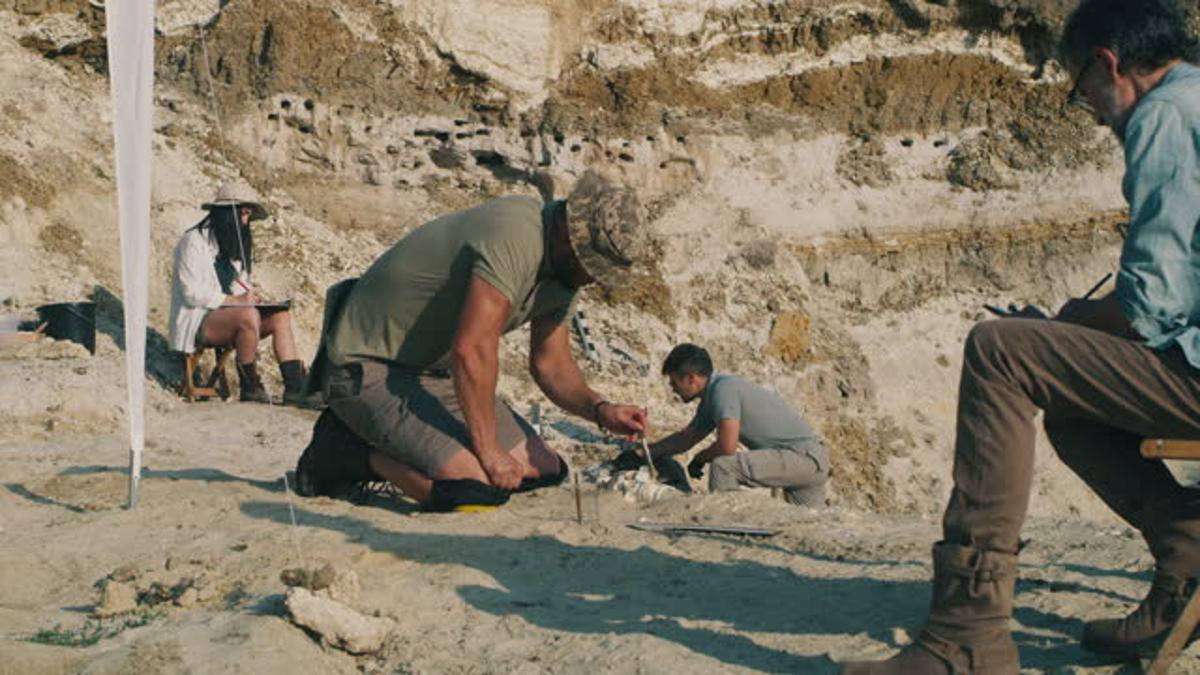
Source: iStock
As archaeologist Simona Formola explained, “We think (the excavation of) deeper layers could reveal more rooms and even frescoes — potentially also precious findings.” Hopefully, something they find will tell them if Pliny the Elder really lived there just days before he died.
